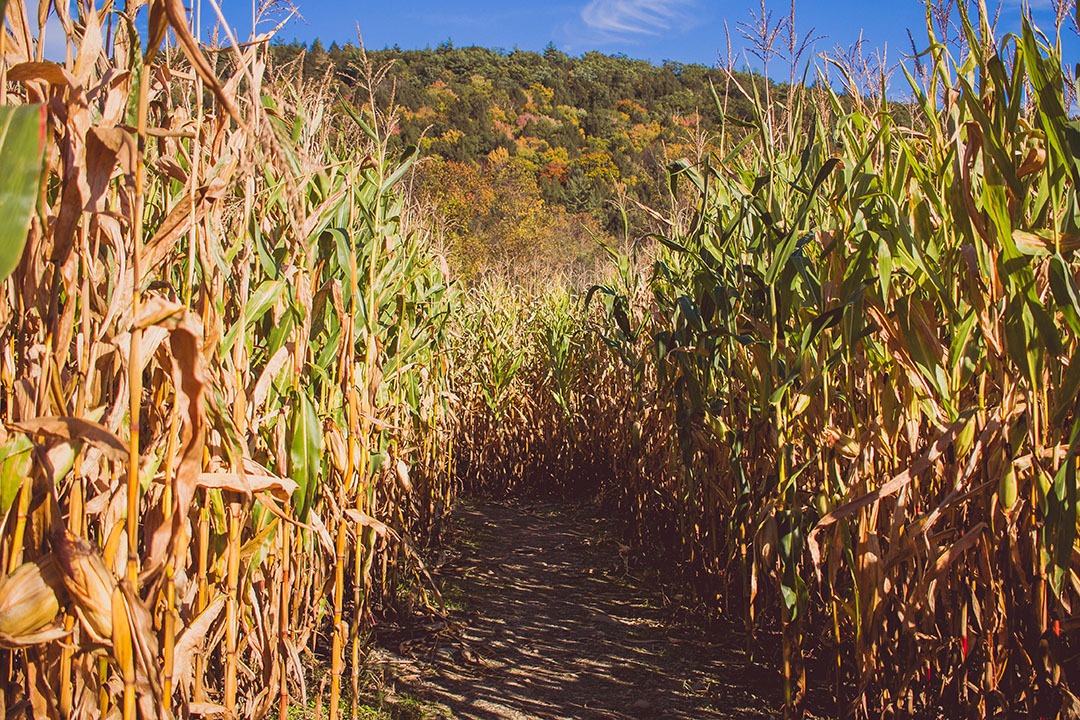Sugarcane by-products: The future feed for animal production

With a global annual demand of over 1 billion metric tonnes of animal feed, the animal feed industry is always on the lookout for feed ingredients that are more cost-effective, nutritious and widely available. Queensland University of Technology researchers therefore examined bagasse and cane trash, 2 by-products from the sugarcane industry. This may offer significant benefits to livestock across the agricultural sector.
Sugarcane bagasse and trash is not fed to animals because the by-products are neither digestible nor nutritious in their native state. However, Queensland University of Technology scientists are discovering ways to develop new bagasse and trash treatment processes, as well as probiotic and enzyme supplements, to change the structure and chemistry of bagasse and trash to improve their nutritional value and transform them into quality feed ingredients for animals, including chickens, pigs and cattle.
In Australia alone, of the 35 million tonnes of sugarcane that is grown annually, 10 million tonnes of bagasse, a fibrous residue left over when the cane is processed for its juice, remains. There is also an abundance of cane trash – the tops and leaves of the sugarcane that remain in the field when the plant is harvested.

According to QUT senior research fellow, Dr Mark Harrison, the research to find efficient, economically viable ways of transforming bagasse and cane trash into animal feed is very much about upcycling – reusing materials and waste to create higher value products. “Recycling and upcycling are common practices in several industries, and they have many potentially profitable applications across the agricultural sector,” he said.
Much of the research into transforming these wastes into feed ingredients takes place at QUT’s Mackay Renewable Biocommodities Pilot Plant, based on the site of an operating sugar mill. The pilot plant is a unique research and development facility that can convert biomass into biofuels, green chemicals and other bioproducts. At the pilot plant, scientists are using chemicals, heat and pressure to break apart sugarcane bagasse or trash fibres to release sugars and make them accessible to the animal that eats the feed.
The research focuses on 3 processes:
- Pretreatment to change the structure and chemistry of fibre so that digestibility improves.
- Processing to dissolve the sugar polymers in the fibre and produce a feed syrup with similar properties to molasses.
- Solid-state and liquid fermentation to produce single-cell microbial feed protein from crop by-products and pretreated crop by-products.

“We know what conditions are necessary to make the fibre more digestible for cattle. After pretreatment, the fibre is softer and can provide more energy to the animal. We also know what conditions to use to partially dissolve the fibre to make a liquid sugar product that we could feed to pigs or chickens,” said Harrison. “If pretreatment in the horizontal reactor isn’t enough, we can drop the pretreated bagasse or trash into the vertical, steam-explosion reactor that sits underneath. We can pump steam into the vertical reactor and then release the pressure very quickly. When that happens, the water inside the bagasse and trash particles turns to steam and the particles explode. This second step can make bagasse and trash even easier for animals to digest.”

Making the most of nature
Animal feed diets typically contain a variety of different types of supplements such as probiotics to enhance the health and performance of an animal, and digestive enzymes to break down feed to release extra energy and nutrients. Led by Professor Robert Speight, the team of QUT scientists are also developing new probiotic and enzyme supplements specifically for inclusion in sugarcane bagasse-based feed to add further value to this low-cost feed ingredient. “We’re looking at adding the probiotics and enzyme supplements to the feed to make it more digestible and nutritious, which in turn produces an animal that is healthier and more profitable for the farmer,” said Speight, adding that the research is specifically targeting the microbes that naturally exist in bagasse stockpiles as these are already suited to the material. The microbial communities vary depending on the oxygen levels, temperatures and pH gradients in the different levels of the piles. The next step for the research team is to identify bagasse microbes with potential properties for use as bagasse-based feed supplements, and then scale-up production and test them in livestock feeding trials.
Professor Speight’s team has recently published a paper detailing early results of their work to find environmental microbes with probiotic potential in sugarcane bagasse piles.
This research was undertaken as part of the Biorefineries for Profit project, which was funded by Sugar Research Australia and the Australian Government Department of Agriculture, Water and the Environment through the Rural R&D for Profit Program.
To take a tour of the Mackay Renewable Biocommodities Pilot Plant.











